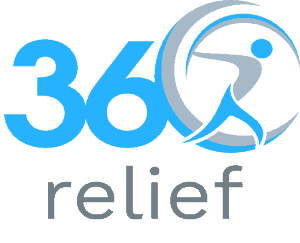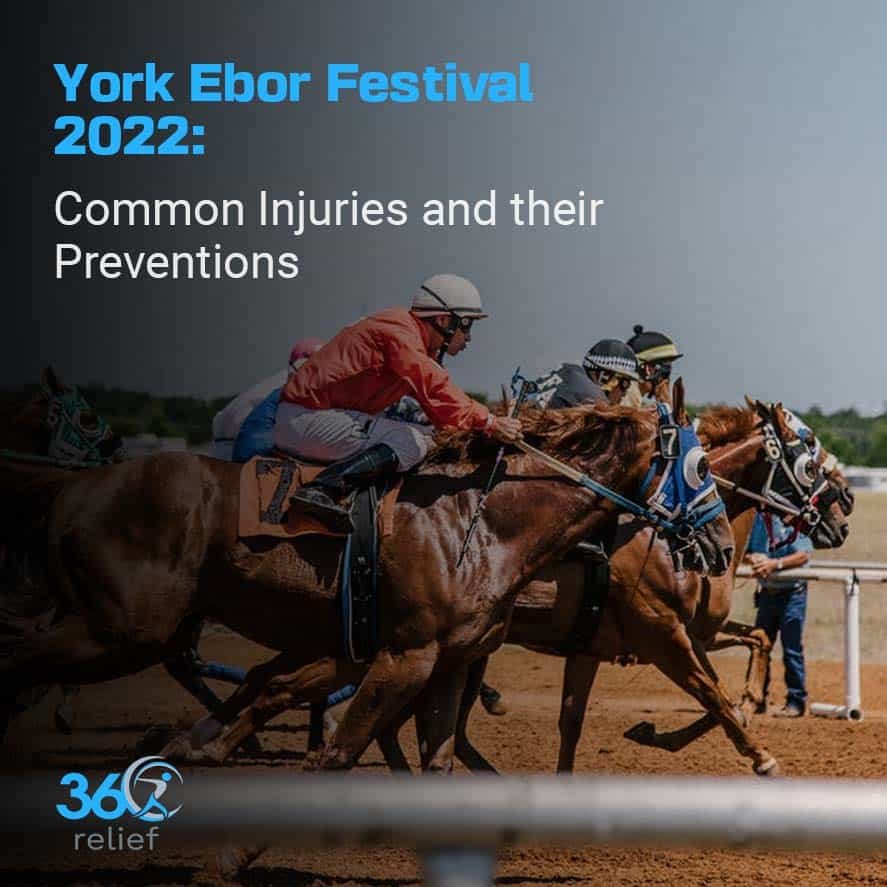Table of Contents
ToggleYork Ebor Festival 2022
York Ebor Festival is known as a four days race competition held at York Racecourse, York, England. The festival is held in August every year. Last year’s festival took place on August 18th and lasted on August 21st, 2021. For the year 2022, the festival will be held between August 17th and August 20th 2022. Remember that the Ebor Festival was first organized in 1843, with the 1st running of the Ebor Handicap. The following is the detail of the York Ebor Festival 2022:
- Day 1: Day one is Wednesday, known as Juddmonte International Day, featured as the Great Voltigeur Stakes, Juddmonte International, and the Acomb Stakes.
- Day 2: Day 2, Thursday, is a ladies’ day featured as the Yorkshire Oaks and Lowther Stakes.
- Day 3: Day 3 is Friday, which is known as Nunthrope Day, which is featured in the Gimcrack Stakes, Nunthorpe Stakes, and the Strensall Stakes.
- Day 4: Day 4 is Saturday which is Ebor Day and is featured as the Lonsdale Cup and the Ebor Handicap.
Possible injuries found in York Ebor Festival
Horse riding is one of the high-contact sports, and the activity involves great exercise for the entire body. This is why a little carelessness can cause serious injuries to different parts of your body. A study has shown Horseback riding injuries among children and young adults. According to the results of this research, the overall injury rate was 0.6 per 1000 riders. However, the following is the summary of the injury rate:
- Sprain or strains: 41.8%
- Bruises or lacerations: 40.0%
- Dislocations or fractures: 33.3%
The following are the most common injuries found in horseriding:
1. Head Injuries
Head injuries are among the top of all horseriding-related injuries. A study by the Journal of Neurological focus revealed that horseback riding is one of the most common sports resulting in traumatic injuries, such as head injuries or concussions. However, the common head injuries resulting from horseback riding include concussions, skull fracture, brain haemorrhage, cerebral Odeoma, and diffuse axonal injury. Keep focusing on your riding, and getting professional training from professional trainers will help you get a safe horseback riding experience.
2. Facial Injury
Horse lashing out or falling during riding can cause facial injuries. In 2014, a study revealed that most facial injuries during horse riding occurs due to heavy kicks. Getting proper training to treat your horse or preparing your horse accurately can help you reduce the chances of injuries.
3. Clavicle Fracture
The clavicle bone, commonly known as the collarbone, is attached to the breastbone at one end and the shoulder at the other, helping connect your arm to the body. Unfortunately, clavicle fracture is one of the most common horse riding injuries and is commonly known as Jockey’s fracture. Generally, the injury happens when the riders fall from the horse on their outstretched arm. Falling generally results when the horse refuses to jump.
4. Spinal Injuries
Spinal injuries during horseriding are the most severe injuries with devastating consequences for the riders. It is known as the second most common injury after head injury. However, the injury usually happens due to the nature of jumping. The injuries may be incomplete spinal injuries ( including anterior cord syndrome, central cord syndrome, and brown-sequard syndrome) or complete4 spinal injuries (Tetraplegia, Paraplegia, and Triplegia).
5. Meniscal Injuries
A meniscus is a piece of cartilage working as a cushion between your thighbone (femur) and shinbone (tibia). Each knee joint comprises two menisci. Activities that put pressure on the knees or rotate the knee joints can damage these menisci. Knees hitting and falling from the horse on your knees can badly hurt your knees. However, wearing proper knee equipment and avoiding falling can keep your knees safe during riding or competition.
6. Metatarsal Fracture
A sudden forceful injury to the foot can cause a metatarsal fracture. The common causes of forceful impacts on your foot are falling on your outstretched foot, kicking against a hard object, or dropping a hard object on your foot. During horse riding, you may fall or hit your foot badly on any object during jumping or landing from jumping. This condition can cause a metatarsal fracture. This is another severe condition that can keep you away from the course for a long time. Ensure that you wear proper footwear or other foot protection when you are susceptible to foot injuries.
How to prevent injuries during York Ebor Festival 2022?
Injuries are common in high-contact sports, such as horse riding. However, experts suggest following some preventive measures to help reduce the chances of injuries:
1. Learn proper techniques
Learning proper horse riding techniques will give you a safe horse riding experience. Experts suggest some techniques enable you to get a secure horse riding experience. For example, sitting on the lowest part of the saddle, keeping your body aligned, distributing weight evenly, and keeping your arms flexible all the time are essentials.
2. Wear the proper equipment
Wearing proper equipment helps reduce the chances of injuries and offers you a safe horse riding experience. For example, wearing a helmet, elbow support braces, knee support braces, and foot support braces are all essential. As well as this, you can also wear other body support braces and bandages, as recommended by your professional trainers.
3. Practice well before participating
If you are a professional horse rider, you must practice well before entering the course. As well as this, you should practice under the guidance of your professional trainers, helping you get maximum results within less time.
4. Good physical condition of rider and horse
The good health of both rider and horse is essential to perform well. Ensure that you feel well before riding or participating in a competition because the sport requires much energy, effort and proper focus to perform well. Similarly, the good health of your horse will also ensure a wonderful and safe horse riding experience.
5. Do warm-up and stretching exercises
Body warm-up and stretching exercises are necessary to perform before every sport or strenuous activity. Body warm ensures the body’s core and muscle temperature, increasing the rate of energy production. As well as this, regular stretching exercises help keep your muscles strong, flexible, and healthy.

















